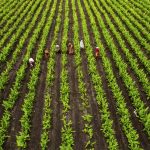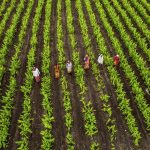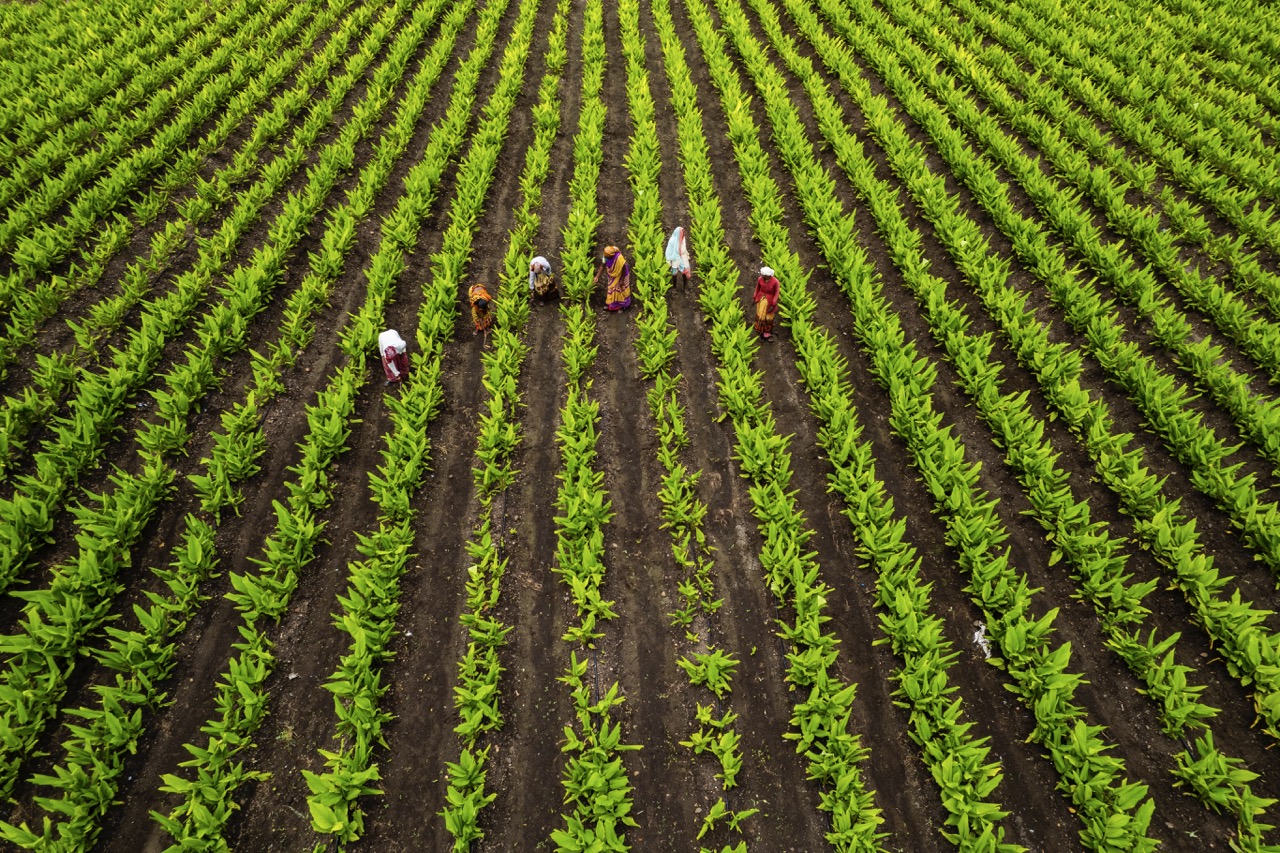In an era defined by rapid technological advancement, the agricultural sector is embracing data analytics to enhance profitability and sustainability. Farmers are no longer solely reliant on traditional practices; they are harnessing the power of data to make informed decisions that can lead to increased yields, reduced waste, and optimized resource allocation. By understanding key metrics and implementing the right tools, agricultural producers can steer their farms toward greater economic success. This article delves into how data analytics can significantly improve farm profitability, offering insights into key metrics, essential technologies, and real-world case studies of success.
Leveraging Data Analytics to Boost Farm Profitability
The integration of data analytics into farming practices is transforming the landscape of agriculture by providing insights that were previously unattainable. With the use of data analysis, farmers can identify trends, patterns, and correlations that can influence their operational decisions. For instance, analytics can reveal the optimal planting times, the most effective crop varieties for a given soil type, and the precise amount of water and fertilizers needed for maximum yield. By making data-driven choices, farmers can reduce costs and improve their profit margins significantly.
Moreover, data analytics can facilitate better financial management by enabling farmers to track expenses, pricing trends, and sales performance over time. Utilizing these insights, farmers can adjust their budgets accordingly and make informed predictions about future income, allowing for strategic planning in the face of market fluctuations. This ability to anticipate challenges and opportunities ensures that farmers remain agile and competitive in an ever-evolving market landscape.
Additionally, predictive analytics can enhance risk management on the farm. By analyzing historical data on weather patterns, pests, and diseases, farmers can forecast potential disruptions and implement preventative measures. This proactive approach minimizes financial losses and maximizes output, ultimately contributing to the bottom line. By leveraging data analytics effectively, farmers can cultivate a more resilient business model that thrives even in uncertain conditions.
Understanding Key Metrics for Informed Decision-Making
To fully harness the potential of data analytics, farmers must first identify and understand the key metrics that drive their operations. Critical performance indicators such as yield per acre, cost of production, and profit margins are essential for evaluating the effectiveness of farming practices. By closely monitoring these metrics, farmers can pinpoint areas for improvement and make data-driven decisions that enhance productivity.
In addition to traditional metrics, farmers should consider integrating advanced analytics into their decision-making processes. Metrics like soil health indices, water usage efficiency, and labor productivity can provide a more holistic view of farm performance. Understanding these indicators allows farmers to assess the impact of their decisions on both immediate outcomes and long-term sustainability. Moreover, benchmarking against industry standards can help farmers identify gaps in performance and prioritize areas for investment.
Ultimately, the goal of utilizing key metrics is to foster a culture of continuous improvement on the farm. By regularly reviewing these indicators, farmers can adapt their strategies based on real-time data, ensuring they remain responsive to changing conditions. This commitment to data-driven decision-making not only enhances operational efficiency but also reinforces the financial viability of farming enterprises.
Implementing Technology: Tools for Data-Driven Farming
The successful implementation of data analytics in agriculture relies heavily on the adoption of the right technologies. Precision agriculture tools, such as GPS-guided machinery, drones, and soil sensors, play a critical role in collecting and analyzing data. These technologies enable farmers to gather high-resolution information about their fields, including soil composition, moisture levels, and crop health, facilitating more targeted interventions that enhance productivity.
Farm management software is another vital component of data-driven farming. These platforms allow farmers to integrate various data sources, track key metrics, and generate reports that inform decision-making. By centralizing data on inputs, outputs, and market conditions, farmers can gain actionable insights that elevate their operational efficiency. Moreover, many software solutions now offer predictive analytics features, empowering farmers to anticipate issues and optimize their resource allocation.
Finally, data visualization tools can help farmers interpret complex datasets in an accessible manner. By representing data through charts, graphs, and maps, farmers can easily identify trends and areas needing attention. This simplifies the decision-making process, enabling farmers to communicate findings to stakeholders, such as investors or family members, and collaboratively develop strategies to improve farm profitability.
Case Studies: Successful Farms Using Data Insights
Numerous farms around the globe have successfully adopted data analytics to boost profitability, showcasing the potential of this approach. One notable example is a family-run corn and soybean farm in the Midwest United States, which integrated precision agriculture tools into its operations. Utilizing satellite imagery and soil sensors, the farm was able to optimize irrigation schedules and reduce fertilizer usage by 30%. As a result, they not only decreased costs but also improved crop yields, leading to a significant increase in overall profitability.
In Europe, a vineyard leveraged data analytics to enhance grape quality and wine production efficiency. By analyzing weather data, soil health, and grape maturity levels, the vineyard implemented targeted interventions during critical growth stages. This data-driven approach led to a 15% increase in grape quality and a corresponding rise in the market value of their wines. The vineyard owners reported that the investment in data analytics technology paid off quickly, setting a precedent for future innovation within the industry.
Another inspiring case is a dairy farm in New Zealand that adopted data analytics to manage herd health and milk production. By tracking individual cow performance and health metrics using wearable devices, the farm owners identified patterns related to breeding and nutrition. This information allowed them to tailor their feeding regimens, resulting in a 20% increase in milk output. Such data-driven insights not only improved profitability but also reinforced the farm’s commitment to animal welfare and sustainable practices.
As the agricultural industry continues to evolve, the role of data analytics in enhancing farm profitability cannot be overstated. By leveraging analytics to understand key metrics, implementing innovative technologies, and learning from successful case studies, farmers can make informed decisions that drive their operations forward. The future of farming lies in the ability to embrace data-driven practices that not only improve financial outcomes but also promote sustainability and resilience in the face of global challenges. As more farmers recognize the value of data analytics, the agricultural sector as a whole stands to benefit from a more efficient, profitable, and sustainable future.










